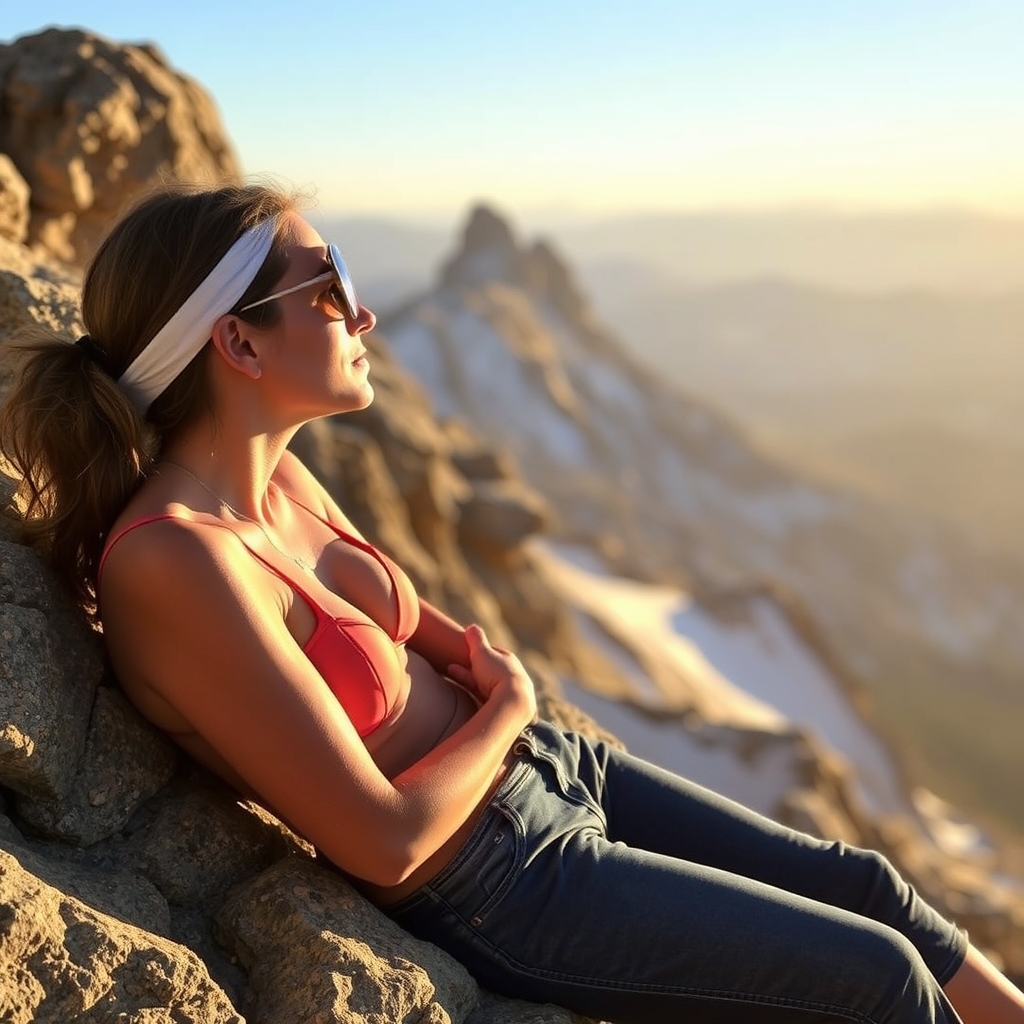
If you've ever come back from a ski trip or mountain hike with a surprisingly strong tan—or worse, a sunburn—you're not imagining things. Tanning at high altitudes is no joke. The air may feel cooler, but the UV rays are stronger, making elevated tanning a powerful (and potentially risky) experience.
Why Elevation Increases UV Exposure
For every 1,000 feet (300 meters) you ascend, UV radiation increases by approximately 10–12%. That means at 9,000 feet (like in Aspen or the Alps), you’re exposed to 90% more UV radiation than at sea level. This intensified exposure means you’ll tan faster—but also burn faster.
- ⚠️ Less Atmospheric Protection: There’s less atmosphere to filter out UV rays as you go higher.
- 🏔 Reflective Surfaces: Snow and rock reflect UV light, increasing exposure even more.
- ⛅️ Cooler Temperatures: You’re less likely to feel hot, which can trick you into thinking you're not burning.
Benefits of High-Altitude Tanning (If Done Safely!)
- 💡 Faster Results: You may notice a golden glow in less time, making short vacations more productive tan-wise.
- 🌞 Boosted Vitamin D: Higher UVB levels can stimulate more vitamin D production—great for winter trips.
- 🌍 Unique Travel Glow: That sun-kissed alpine tan stands out, especially in winter months.
How to Tan Smart at High Altitudes
- ☀️ Use Broad Spectrum SPF: Choose a water-resistant SPF 30+ and reapply every 2 hours—even if you’re skiing.
- 🥵 Wear UV-Protective Sunglasses: Protect your eyes from snow blindness and UV damage.
- 🍃 Layer Your Protection: Lip balm with SPF, wide-brimmed hats, and UPF clothing are your best friends.
- 🚾 Hydrate Well: The combination of altitude and sun can dehydrate skin fast—moisturize and drink plenty of water.
- 🍀 Time It Right: Avoid direct sun between 10 AM and 2 PM, when UV rays are strongest.
Where to Tan High and Mighty
Looking for scenic spots to catch a safe high-altitude tan?
- Aspen, Colorado: A luxury alpine escape with big-sky tanning decks.
- Queenstown, New Zealand: Southern Hemisphere sun with panoramic mountain views.
- Chamonix, France: Tan between ski runs or at a sunny chalet terrace.
Aftercare for Mountain Tans
- 💧 Moisturize Daily: Mountain air is dry—apply aloe vera or hyaluronic acid to restore hydration.
- 🧴 Soothe Any Burn: If you overdid it, use cool compresses and fragrance-free after-sun lotion.
- 🌿 Extend with a Gradual Tanner: Once back at lower elevations, use a self-tanner lotion to maintain your glow.
So next time you're heading for the hills, remember: just because it’s cooler doesn’t mean it’s safer. That mountain sun is fierce. But with the right gear and smart timing, you can walk away with a radiant tan and healthy skin.
Looking for the right gear for tanning on the go? Check out our post on Tanning-Friendly Travel Gear!
← Back to Blog